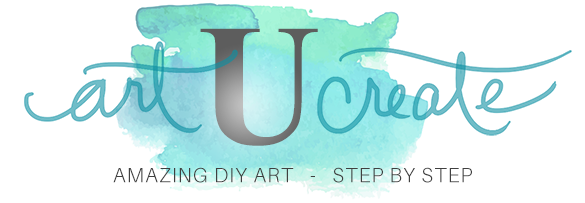Soar above and beyond normal canvas aviation art by making your own 3D kids airplane wall art in your favorite colors! This DIY project has all the charm of hand-crafted kids wood wall decor with little details that pop.
While it’s cute on its own, it’s even better when combined with this little red car, this helicopter, and this blue bus to make a complete set of transportation themed wall art.

You’ll find free patterns and step by step instructions below.
supplies
- airplane patterns DOWNLOAD HERE
- MDF(medium density fiberboard) or wood in 1/4 inch thick and 3/4 inch thick sizes
- small 1 inch birch wood circles (for windows)
- jigsaw or band saw
- sandpaper
- paint in your favorite colors
- strong adhesive like Gorilla clear epoxy
- 14 x 14 inch square birch wood panel
step 1: download the patterns
Download the airplane patterns. Check to make sure that your printer is set to print at 100% scale so that the patterns print at the correct size. Then print.
Use scissors to cut out the pieces. Tape the two cloud patterns together to make one pattern piece.
Step 2: cut the pieces
Use a pencil to trace around the patterns onto MDF (medium density fiberboard) or wood, noting the thickness needed for each piece.

I used MDF for this project because it’s economical, and it has a smooth surface that looks great after being painted. It is also easy to cut and results in pretty clean edges that don’t require a lot of sanding. You can buy MDF in 2ft x 4 ft boards (called Handy Panels) at Home Depot in the lumber section. With MDF boards that size, you will have enough wood to make not only the jet plane, but also this wood bus, a little car, and a helicopter–put them all together for a fabulous set of 3D transportation wall art.
Use a jigsaw or band saw to cut out the pieces. Cut the main body of the airplane from a 3/4 inch thick board, and use a 1/4 inch thick board for the wings, stabilizer and clouds. Cut 2 clouds shapes–one to go above the plane and one to go underneath.
Use sandpaper to smooth away any rough spots.
For the small round plane windows, these pre-cut birch wood circles are the perfect size.

Step 3: glue wings & stabilizer to plane
Use wood glue or a strong epoxy adhesive, like Gorilla clear epoxy, to attach the 2 wing sections to the plane body. Then attach the small stabilizer to the tail of the plane. You may need to place a small scrap of wood under the tip of the larger wing section to give it support until the glue sets and dries.

step 4: prime & paint
Now, time for color! Use a good quality primer & your favorite paint colors to give your plane some personality. Base coat the wood pieces with a water-based primer like Zinsser Bullseye, then sand and paint with your favorite acrylic paint, chalk paint, or wall color.
Some paint brands already have primer mixed into the paint formula. This is the case with the Home Depot’s small 8 ounce Behr paint samples, which is what I used for painting the plane below. The samples save you time and money (they’re less than $4 each), and I love that you can get them mixed in any color. The green color below is Behr Green Energy (PPU10-03) in a flat finish.
Use two coats of paint to get good coverage. Sand in between coats with 320 grit sandpaper to get a smooth even finish.

As soon as the paint is dry, use a strong adhesive to glue the round windows onto the plane body. I used Gorilla Clear Epoxy. This stuff is super strong, and it dries in 5 minutes.

step 5: add a frame
To give the plane a background frame, I used this 14 inch square birch wood panel, and painted it in a very pale blue.
I like using American Easel birch wood panels because they are lightweight with a smooth surface, and they give the art a professional look. You can find them in a variety of sizes and depths which allow the art to stand off the wall. They are hand-crafted and excellent quality. I’ve bought scores of these panels over the years, and have never been disappointed in the craftsmanship.
As an alternative to using a ready made wood panel, you could also cut a 14 inch square from MDF instead, using the leftover MDF from cutting the plane.

For adhering the clouds and jet to the wood panel, I used Gorilla clear epoxy again. Even though the epoxy sets in 5 minutes, I leave the art on a horizontal surface for 24 hours and let the adhesive fully cure for 24 hours.
Then it’s ready to hang!
step 6: display
If you use a wood panel, you don’t need to add any hanging hardware to the back of the frame. The frame back is inset (cradled) like a tray. You can simply slip the top edge of the back of the frame over a nail in the wall to hang.
If you make your own background frame from leftover MDF, all you need is a couple of sawtooth hangers or D rings (one in each upper corner) and you’re good to go!
artUcreate is an Etsy, Michael’s, and Amazon Associates LLC affiliate.





